8% off orders over $100, 15% off orders over $150, 20% off orders over $300.
Menu
-
- Specials
-
Types
-
Symbols
- Auspicious Cloud | Heaven
- Lotus | Purity & Elevation
- Phoenix | Rebirth and Fidelity
- The Nine | Eternity and Completeness
- Bamboo | Strength and Resilience
- Ruyi | Wish Fulfillment
- Moon | Mystery & Elegance
- Herbal Locket | Hidden Protection
- Tassel | Elegant Charm
- Butterfly and Flower | Love
- Plum Blossom | Endurance and Resilience
- Chinese Knot | Harmony, Tradition, Legacy
- Pumpkin | Prosperity & Abundance
- Pipa | Celestial Music
- Hulu Gourd | Protection and Prosperity
- Fish | Prosperity
-
Collections
- Atlantis
- Revive Your Inner Kingdom
- Auspicious Origin
- Auspicious Flower
- Udumbara Flower
- Return to Origin
- Celestial Cloud
- Elf Forest
- Gold Lotus
- Serene Lotus
- Pearl Elegance
- Radiance
- Metropolis Hermit
- The Nine
- Moon Goddess
- Tassel Elegance
- Chic Velvet Choker
- The Cloud
- Lotus Leaf
- Realm of Peace
- Four Season
-
Craftsmanship
-
Gemstones
- Pearl | Purity and Wisdom
- Jade | Stone of Heaven
- Turquoise | Protection and Healing
- Tridacna | Realm of Peace
- Lapis | Truth and Enlightenment
- Rose Quartz|Love, Healing, Compassion
- Amethyst | Clarity and Tranquility
- Amber | Vitality and Protection
- Carnelian | Courage and Vitality
- Coral | Protection and Prosperity
- Tourmaline | Energy and Balance
- Crystal | Healing and Clarity
-
Birthstone
-
Style
-
Price
-
- Jewelry Set
- Necklaces
- Earrings
- Bracelets
- Hair Jewelry
- Glasses Chains
- Rings
- Anklets
- Ornaments
- Login
-
English

8% off orders over $100, 15% off orders over $150, 20% off orders over $300.
Chinese Jade (Part 3) : Symbolism and Ceremony
March 29, 2016 2 min read 1 Comment

In our quest to understand Chinese people’s deep fondness for and fascination with jade, we now turn to the objects on which a successful society depended.
It may seem strange that so much weight could be placed on a stone, but in ancient China, peaceful and prosperous existence depended on the favor of the gods, and the favor of the gods must be won by the virtuous conduct of a society's leader. Therefore, worship and asking for the heavens’ guidance were a crucial part of a king’s responsibilities.
Six types of jade were instrumental in communing with the gods of the heaven, earth, and the four directions. According to Rites of Zhou, each requires a jade of a specific shape and color.
Not much is known about the specifics of these rituals—whether incense was lit, what the prayers sounded like, who presided—but it’s worth remembering that ancient Chinese lived very closely with the realm of spirits. For now, about all we know for certain is what’s left to us in the Rites of Zhou, a text of governance dating to the 2nd century BC, a good portion of which discusses the most important thing a king needs to know: rules for worship.
While these six shapes form the core of sacred jade designs, they are only a tiny portion of all jade motifs that we are now familiar with. Over the long course of Chinese history, jade design has absorbed from literati and folk traditions countless other decorative shapes and patterns—for example, bats for luck, pairs of mandarin ducks for a happy marriage, and a whole menagerie of mythical creatures.
Bi-disk for Heaven
Ashen Bi (donut-shaped discs) are used to pay respect to heaven.
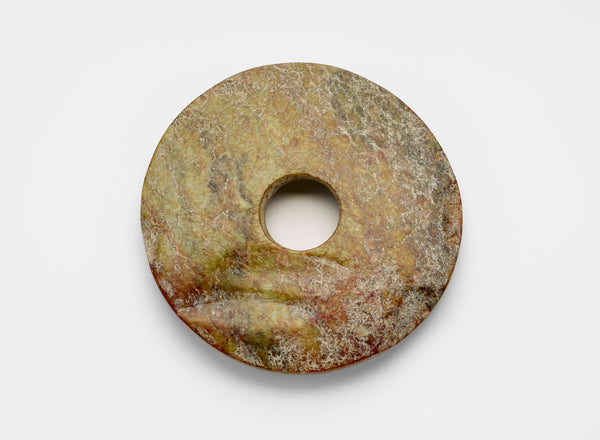
Cong for Earth
Yellow Cong (squared tubes with a round hollows), are used to pay respect to the earth.
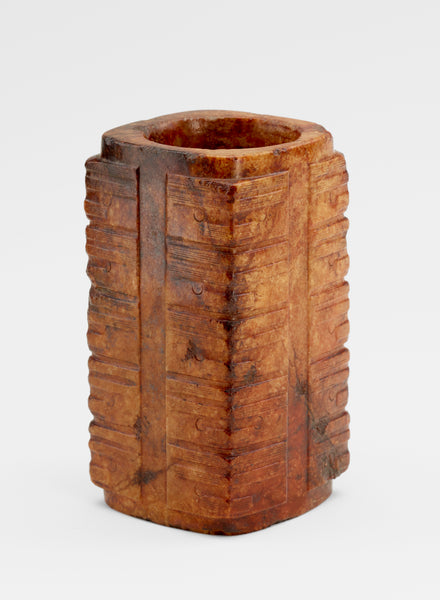
Gui for East
Blue-green Gui (pointed tablets) are used to pay respect to the god of the East, which is believed to be the Azure Dragon.
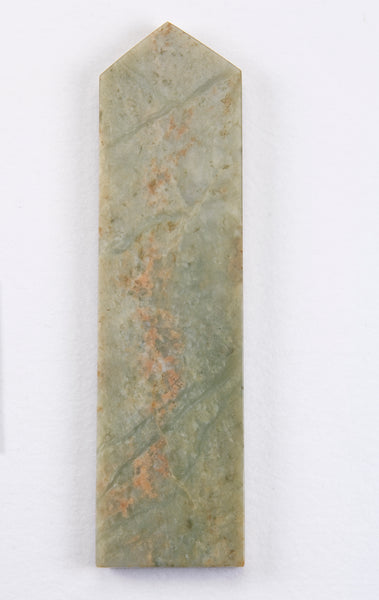
Zhang for South
Vermilion Zhang (forked sword) are used to pay respect to the god of the south, which is believed to be the Vermilion Bird.
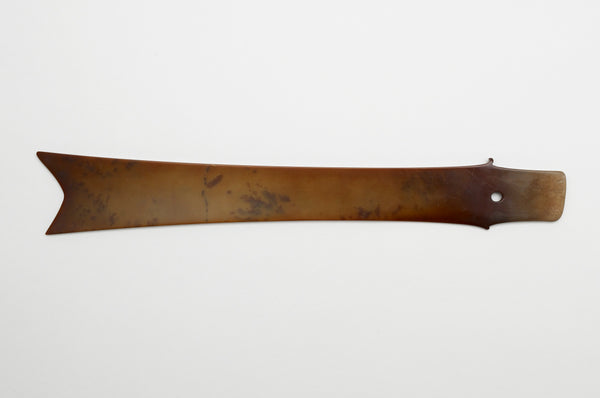
Tiger For West
White Hu (tigers) are used to pay respect to the gods of the west, which is believed to be the White Tiger.
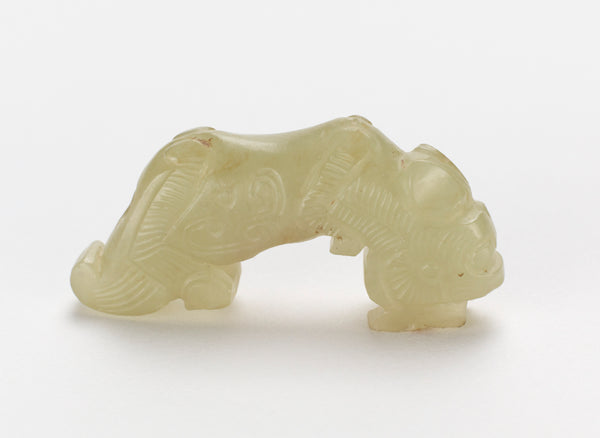
Huang for North
Dark grey Huang (crescents) are used to pay respect to the god of the north, which is believed to be the Black Tortoise.
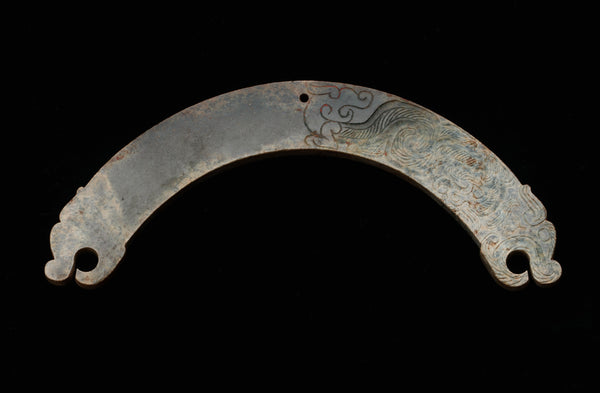
This article is part of the Divine Land Gemstone Compendium, a weekly series by Yun Boutique exploring the gemstones of ancient China and their significance to Chinese culture. See the full series here. Subscribe to the email newsletter to receive future installments.
Produced and Researched by Ariel Tian. Edited by Christine Lin.
1 Response
Leave a comment
Subscribe
Sign up to get the latest on sales, new releases and more …


James Poulter
May 22, 2016
Fascinating! Great insight and attention to detail :)